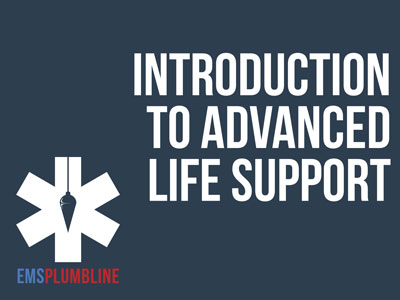 |
2019 Collaborative Advanced Life Support Adult and Pediatric Treatment Protocols |
3.00 |
The protocol changes that are listed in this lesson were developed by a committee of your ALS peers and Medical Directors from around NYS. A great deal of thought went into this project, and we would like to give you a little insight into how we came to this point. Dr. Jeremy Cushman has been involved in drafting EMS protocols for nearly two decades. His experience with the NYS Collaborative Protocol Projects will certainly lead to discussion within your coworkers.
Final Exam: These ten questions are NOT meant to summarize the entire set of protocols. Please take your time and answer carefully. These questions will spark further discussion and lead to improved care within your region. An 80% or higher is required to obtain a passing score. You have two attempts to gain this score. |
 |
2021 Quarter 1: COVID-19 Quality Care Updated |
1.00 |
Providers in Western NYS have learned a great deal about treating patients that suffer from COVID-19 infections. This session was recorded in January 2021. Paramedic Shawna Rizzi does a fantastic job of interviewing Dr. Christopher Galton. Dr. Galton draws on his experience as a paramedic, EMS medical director, intensivist, and anesthesiologist to summarize the changes that every paramedic should know.
Final Exam: This multiple-choice exam is designed to test your knowledge of the material you just reviewed. You have two attempts to gain an 80% or higher on this exam. Please take your time and answer each question carefully. |
 |
Managerial Leadership: Defining Employee Roles and Priorities (Instructor Guide) |
1.50 |
A vision is created by an organization to inspire its members to work together to reach for an ideal of what the organization can become. The members of the organization should use the vision as the standard to determine the day-to-day functions of their individual roles. The vision is the guide to use every time an action is taken, a decision is made, or a plan is developed to improve the organization or the people in it. An organization’s vision should enable the members in every role to do what is in the best interest of the organization.
In this course you will learn to: determine leader roles and strengthen employee roles, and align employee priorities and evaluate employee performance.
This Instructor's Edition of this course includes notes and suggestions to assist you in presenting the material, whether in an in-person classroom setting or as an instructor-led online or distance-learning course. It also provides you with the answers to questions found in mid-lesson activities, as well as in the quiz that concludes the course. |
 |
Professional Learning and Ethical Practice for Paraprofessionals |
1.00 |
This course covers what paraprofessionals need to know about professional learning and ethical practice. This course will help you develop new knowledge about professional roles and responsibilities as a paraprofessional. It will help you understand what your role as a paraprofessional is regarding certain protocols that you must follow. It is just one out of many paraprofessional courses we offer. |
 |
Constructing: Airway Essentials—Part 1 |
0.50 |
We think that you will appreciate the opportunity to review the essential aspects of Airway Assessment and Management with one of the most dedicated paramedics that you can find: Chris Galton. As a Transplant Anesthesiologist and a Paramedic, Galton has spent countless hours learning to assess and maintain some of the most difficult patient airways out there. Instead of going to bed after staying up all night on a liver transplant case, Galton showed some paramedic-style grit and shared some knowledge with Rachel and Rich (two experienced paramedics). The cameras were rolling and you will want to see what they spoke about. |
 |
Constructing: Sepsis for Paramedics, Part 1—Overview |
1.00 |
Paramedic Michael Hoskins does a fantastic job discussing the gradual onset of this disease process with Medical Directors Jeremy Cushman and Christopher Galton. In this first of three segments, you will learn how we should look for sepsis and what questions every paramedic should ask. Final Exam: This multiple choice exam is designed to test your knowledge of the material you just reviewed. You have two attempts to gain an 80% or higher on this exam. Please take your time and answer each question carefully. |
 |
Constructing: Airway Essentials—Part 3 |
1.00 |
Knowing why you are doing what you are doing will almost always produce a better result. In this case, Dr. Christopher Galton explains why we ventilate at the rates and the volumes we do. This insightful discussion will offer ideas on how to use the ventilation tools that we encounter every day. Final Exam: This multiple choice exam is designed to test your knowledge of the material you just reviewed. You have two attempts to gain an 80% or higher on this exam. Please take your time and answer each question carefully. |
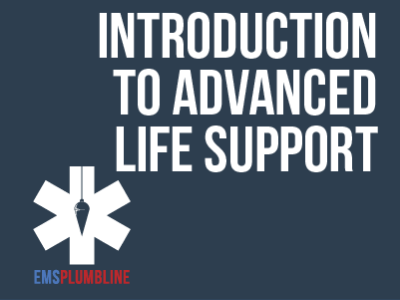 |
Constructing: Airway Essentials—Part 4 |
1.00 |
This lesson explores a few BLS concepts that every ALS provider should know. You will appreciate the back-to-basics approach Dr. Christopher Galton, uses to ensure adequate ventilation. Final Exam:This multiple choice exam is designed to test your knowledge of the material you just reviewed. You have two attempts to gain an 80% or higher on this exam. Please take your time and answer each question carefully. |
 |
Sepsis for Paramedics, Part 3—Conclusions to Consider |
1.00 |
In this final segment, Paramedic Hoskins does an excellent job of closing the discussion. The two medical directors are encouraged to give advice and you will want to hear what they have to say. Final Exam: This multiple choice exam is designed to test your knowledge of the material you just reviewed. You have two attempts to gain an 80% or higher on this exam. Please take your time and answer each question carefully. |
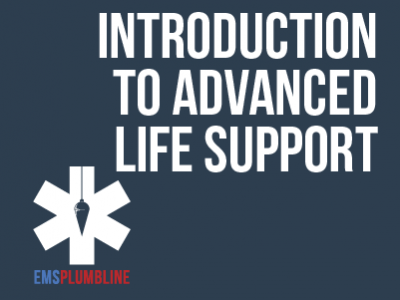 |
Constructing: Sepsis for Paramedics, Part 2—Fluid Resuscitation |
1.00 |
If you think caring for sepsis patients is not an interesting topic, you might want to think again. Medical Directors Jeremy Cushman and Christopher Galton, give Paramedic Hoskins a passionate description of proper patient care. Fluids are important and this is why. Final Exam: This multiple choice exam is designed to test your knowledge of the material you just reviewed. You have two attempts to gain an 80% or higher on this exam. Please take your time and answer each question carefully. |
 |
Managerial Leadership: Making Vision a Reality (Instructor Guide) |
1.00 |
An organization’s vision must be communicated in a manner that inspires people to participate in fulfilling it. Before members of an organization work to their full potential, they must first understand what it is they are working for—to make the organization’s vision a reality.
It is through communication that a leader gains support for the organization’s vision. People will not commit to something blindly, nor should they be expected to commit without information. Therefore, when, how, and to whom an organization’s vision is communicated is of great importance to the successful fulfillment of the vision.
Your organization’s vision must be communicated to the people who’ll have a hand in fulfilling it, as well as to the people who’ll be affected by it, such as clients or investors. Your organization’s vision should also be communicated to potential employees, or other people in the community who come into contact with your organization.
In this course you will learn to: communicate the vision, gain support for the vision, and empower employees, and implement the organization’s vision.
This Instructor's Edition of this course includes notes and suggestions to assist you in presenting the material, whether in an in-person classroom setting or as an instructor-led online or distance-learning course. It also provides you with the answers to questions found in mid-lesson activities, as well as in the quiz that concludes the course. |
 |
Multi-Tiered System of Support (MTSS) |
1.00 |
This course covers multi-tiered system of support. Multi-tiered system of support (MTSS) is a framework to give targeted academic, behavioral, and social support to students. This is just one of many K-12 courses we offer. It will help you develop new knowledge about students and will help you understand the various roles in a school. |
 |
Constructing: Airway Essentials—Part 6 |
0.50 |
This lesson on how to instrument the airway will give you fantastic ideas on how to create your next lab session. Take note as some pearls are offered by Dr. Christopher Galton, on how to assess and manage ALS airway procedures. Final Exam: This multiple choice exam is designed to test your knowledge of the material you just reviewed. You have two attempts to gain an 80% or higher on this exam. Please take your time and answer each question carefully. |
 |
Constructing: Airway Essentials—Part 8 |
0.50 |
These eight Airway Essentials Lessons conclude with Dr. Christopher Galton's thoughts on what should be done after the ALS airway has been established. It is here that ideas are offered on what paramedics should read and learn more about to improve their practice. Grab a pencil and a notepad and get ready to graduate from the EMS Plumbline "Introduction to ALS" to the "Paramedicine" Division. Final Exam: This multiple choice exam is designed to test your knowledge of the material you just reviewed. You have two attempts to gain an 80% or higher on this exam. Please take your time and answer each question carefully. |
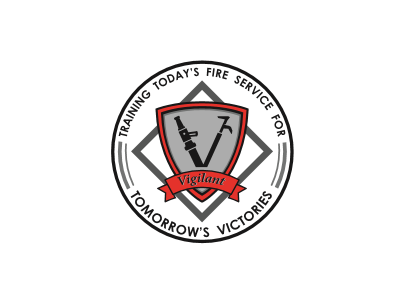 |
Ground Ladder Competency (Instructor Guide) |
1.00 |
This is the Instructor Guide for Ground Ladder Competency. This competency evaluates the ability of assigned companies to perform ground ladder tasks including carrying, raise, climb, and rescue. This competency may also be conducted as an independent drill or evolution. This competency is based on the Paxton Drill, a drill developed to improve ground ladder skills following the Paxton Hotel fire that killed fifteen people in Chicago Illinois on March 16, 1993. |
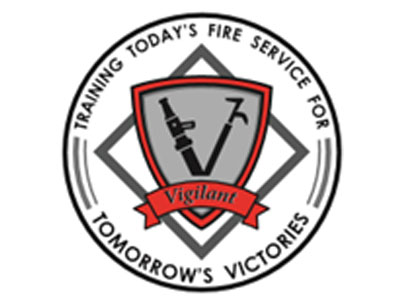 |
Interior Attack Operation #1121 (Instructor Guide) |
1.00 |
This is the instructor guide for the Interior Attack Operation Drill. This course will prepare the instructor to present and conduct this training session to an audience of firefighters. Course set-up requirements are described along with identification of key points and instruction for the demonstration and performance of the skill requirement of this training. |
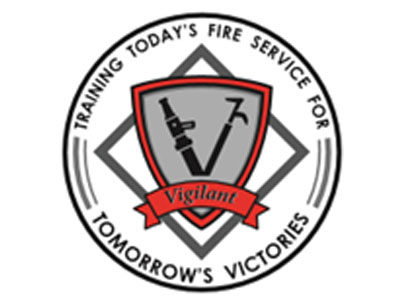 |
Strategy Tactic Task #1431a (Instructor Guide) |
1.00 |
This is the Instructor Guide for Lesson #1431a Strategy Tactic Task. This instructor guide provides the instructor with lesson background, key points, and delivery methods. Required lesson materials including lesson plan, presentation, and evaluation quiz with answer key. Included in this guide is an explanation video of the presentation that describes each slide of the lesson. |
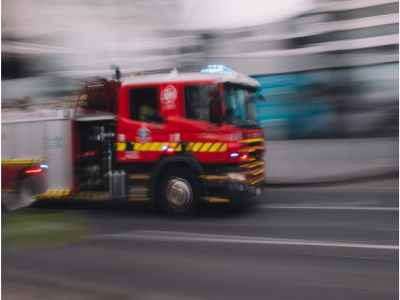 |
Safe Apparatus Response |
0.50 |
More than four thousand firefighters are injured each year in the United States while responding to and returning from emergency scenes. Response injuries account for roughly 7% of all fireground related injuries, however, they accounted for 29% of the line of duty deaths in 2020. This statistic exhibits the severity potential of unsafe apparatus response to and from emergencies. This course will identify hazards and risks associated with apparatus response and describe methods for reducing those risks. |
 |
Ground Cover Fires |
1.50 |
This course is an introductory level course that introduces the basic concepts of fighting fires that involve natural ground cover. This course describes fire behaviors associated with ground cover fires, identifies the types of equipment as well as methods used to combat these fires. The lesson also identifies specific hazards associated with ground cover fires and describes methods for mitigating the risk of those hazards. |
 |
Fire Behavior Basics (NYS02) |
1.00 |
This lesson introduces the basic chemistry and physics of fire behavior. The lesson defines combustion, reviews the fire triangle and components of the fire tetrahedron. The stages of fire develop and accompanying characteristics are discussed with a focus on heat transfer and how it plays a part in fire develop. The lesson is evaluated using a brief quiz covering the material included in the lesson. |
 |
Cross-Cultural Business Communication: Workplace Culture (Instructor Guide) |
1.00 |
Culture is a way of life established by a group of people and passed on to succeeding generations. People within a culture usually share common values, beliefs, and perspectives and have the same language and communication style. Although people within a culture must live in close proximity while the culture is being established, future generations frequently relocate to other countries or regions. This creates situations of cross-cultural exchanges.
As we become increasingly diverse, there is a growing demand for cross‑cultural communication in the workplace. Technology allows us to communicate with peers across the globe, as though they were sitting in our offices. Efficient and cost-effective travel makes it possible to communicate face-to-face with clients in other countries. In addition, companies seeking diverse and highly skilled employees find a conglomeration of cultures among them. As a result, employers are emphasizing cross-cultural communication in their own organizations to prepare employees to work with diverse co-workers and clients.
In this course you will learn to: discuss the value of culture and the significance of cross-cultural communication in the workplace, and describe the impact of cultural differences on communication, and avoid miscommunication and conflicts that arise due to these difference.
This Instructor's Edition of this course includes notes and suggestions to assist you in presenting the material, whether in an in-person classroom setting, or as an instructor-led online or distance-learning course. It also provides you with the answers to questions found in mid-lesson activities, as well as in the quiz that concludes the course. |
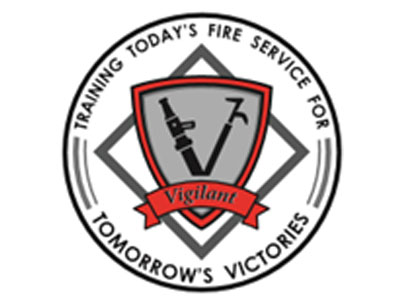 |
Monthly Knot Activity |
0.50 |
This is course is the instructor guide for monthly knot delivery. The guide includes a description of each knot and a schedule for presenting a single knot each month and practicing the previous month's knots. This course is Completion based and does not include a final exam. |
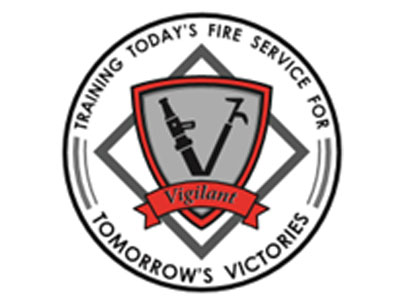 |
Exterior Fire Operations #1433 (Instructor Guide) |
1.00 |
This is the Instructor Guide for Lesson #1433 Exterior Fire Operations. This Instructor Guide is intended to prepare a lead instructor to deliver this course curriculum. Included in this guide is a review of lesson content and all required lesson materials. The lead instructor must pass this instructor guide course with a minimum score of 80% to receive the course materials for this lesson. |
 |
Command and Control Introduction #1432 (Instructor Guide) |
1.00 |
This is the Instructor Guide for Lesson #1432 Introduction to Incident Command and Control. This Instructor Guide is intended to prepare a lead instructor to deliver this course curriculum. Included in this guide is a review of lesson content, and all required lesson materials. The lead instructor must pass this instructor guide course with a minimum score of 80% to receive the course materials for this lesson. |
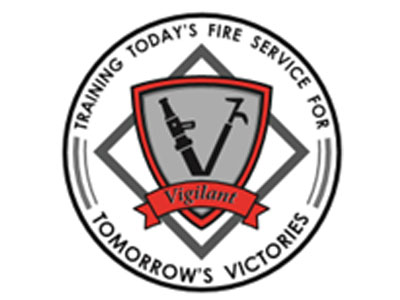 |
Size-up Introduction #1412 (Instructor Guide) |
1.00 |
This is the Instructor Guide for Lesson #1412 Size-up. This instructor guide provides the instructor with lesson background, key points, and delivery methods. Required lesson materials including lesson plan, presentation, and evaluation quiz with answer key. The lesson is also accompanied by a learning aid that can be used a handout to lesson participants. Included in this guide is an explanation video of the presentation that describes each slide of the lesson. |


























